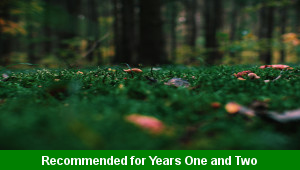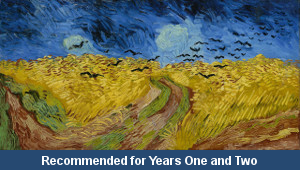Home > Key Stage One > Maths > Geometry > 2D Shapes > Shape Identifying
Shape Sides and Corners

This maths teaching pack for Key Stage One gets the children to identify, describe and match the names and illustrations of different 2D shapes by their individual properties including their number of sides and corners.
The class can write sentences listing the properties of different shapes that can be seen in objects around the school to show their number of sides and corners.
Download this teaching pack including classroom activities and an interactive presentation to identify, describe and match the names and illustrations of different 2D shapes by their individual properties including their number of sides and corners
Activities in this teaching pack include a set of differentiated cards to identify, match and record the names and illustrations of a range of different 2D shapes that can be seen in a range of objects in locations around the school building and grounds by their number of sides and corners.
The interactive presentation gets the children to explore the names and illustrations of a range of different 2D shapes by their matching numbers of sides and corners.
This lesson is part of a maths scheme of work to get the children to learn the names of different 2D shapes using the correct vocabulary to identify and describe their matching individual properties. There are teaching activities for shared learning, differentiated worksheets to support independent learning and interactive presentations to introduce concepts and key skills.
-

Mother Nature
Explore how mother nature can provide nourishment, protection and support to all living things in different habitats and environments
-

Digraphs Word Sums
Investigate the spellings and meanings of different sets of words with a range of initial consonant digraphs
-

Van Gogh
Investigate and replicate the work and painting style of a famous artist from the past by producing a matching landscape of the school building
-

Harbour Labels
Practise structuring and formatting different word processed documents to describe a range of ships and boats seen in a harbour
